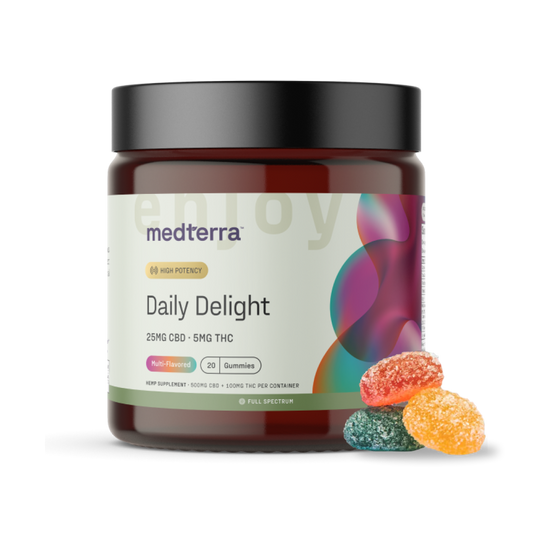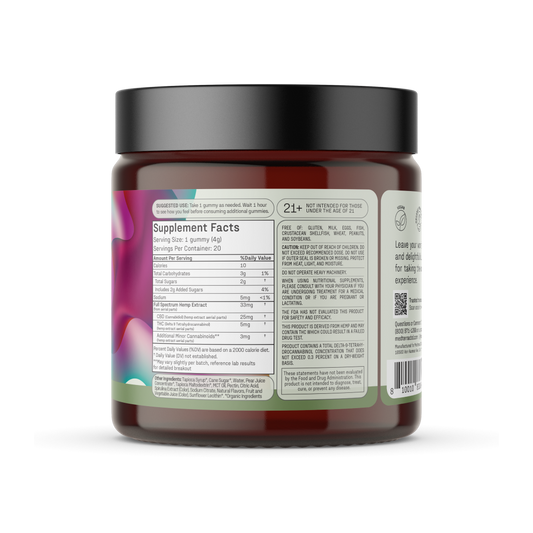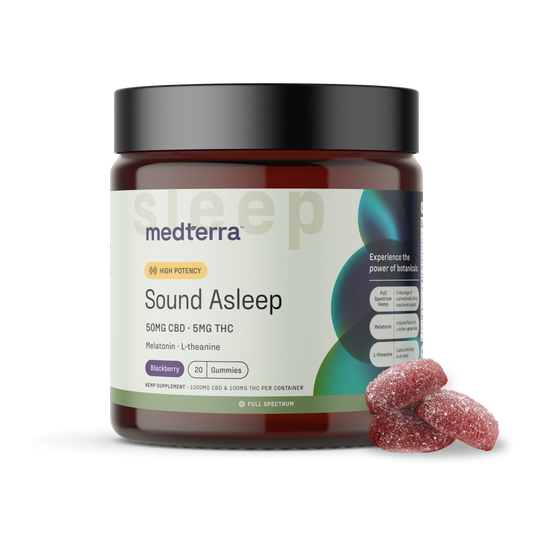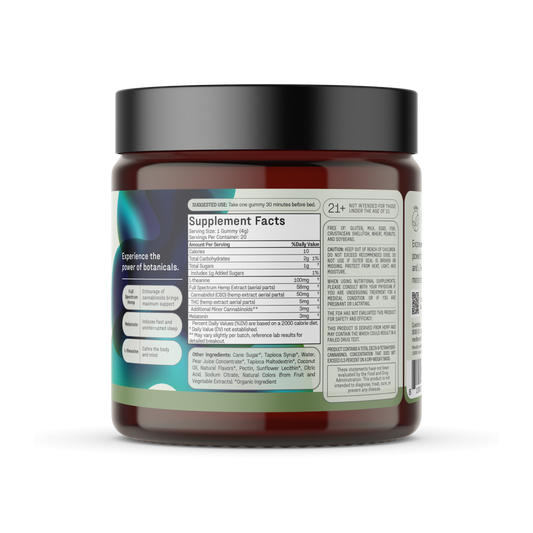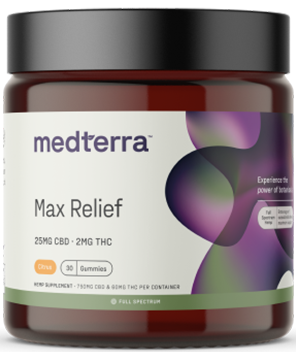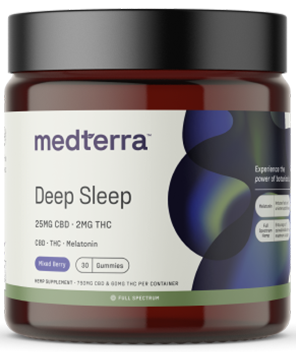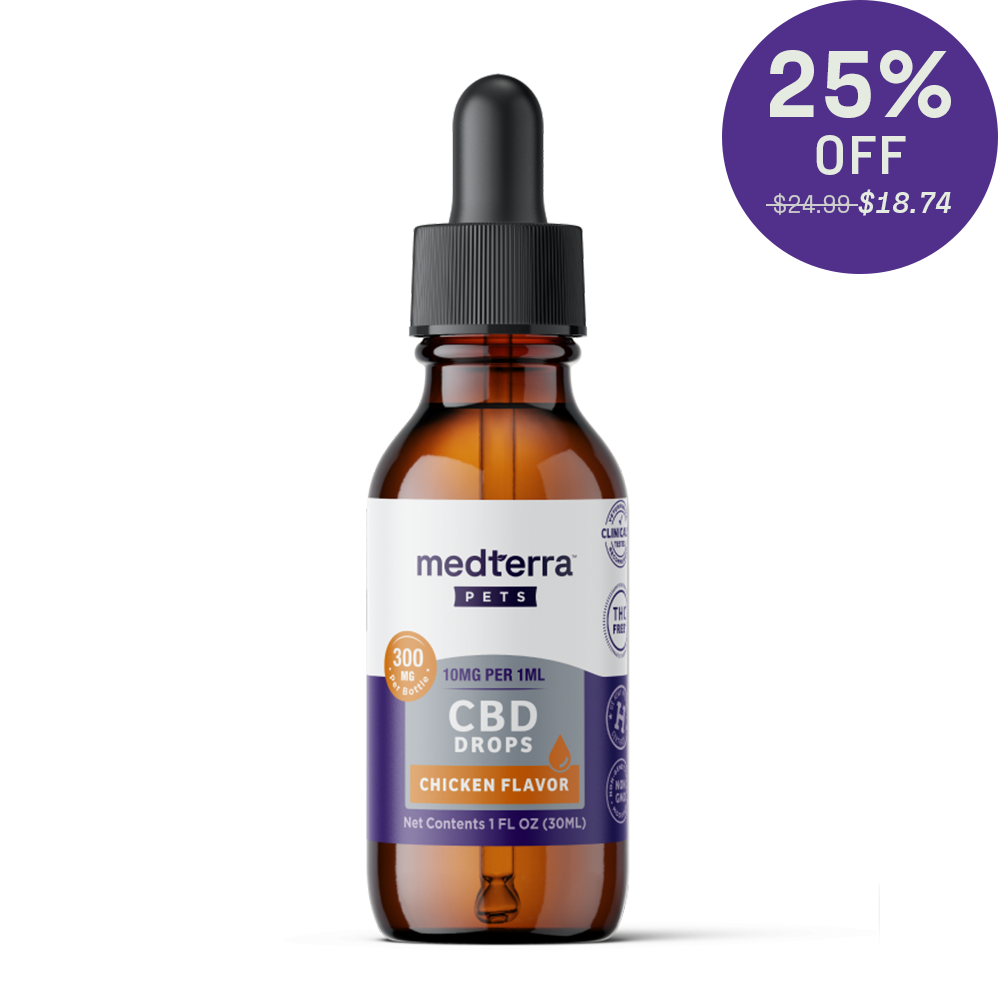The 2018 Federal Farm Bill forever changed the face of the hemp/CBD industry as we know it.
What made this bill so special? What exactly did it change? Why do we keep talking about it? If you’re curious, continue reading, because this article will be diving deep into the Farm Bill and what it accomplished.
- Life before the Farm Bill
- The Farm Bill’s interesting history
- The Farm Bill and hemp-derived products
- Legal cannabinoids: a full list
Life before the Farm Bill
It was epilepsy research, of all things, that first set off our understanding of what cannabinoids like CBD can do. In 1980 a pivotal study led by doctor Raphael Mechoulam found that 75% of its epileptic patients experienced significant seizure reduction after only thirty days of high-dose CBD use. [1]
Fast forward almost forty years, and CBD’s impact on brain function continues to amaze scientists...even the scientists who first discovered it!
CBD’s chemical qualities mean it can move throughout areas of the brain responsible for memory, perception, hunger, and sleep. The molecule may actually promote neuroplasticity, or the brain’s ability to adapt to change. Neuroplasticity in adults was once thought impossible, but it’s very possible in a brain that’s well nourished with plant-derived products.
So...what really catalyzed CBD’s modern popularity?
In 2013 a young girl with severe epilepsy, Charlotte Figi, made national news. While her health situation — she was having 40+ grand mal seizures per day — was newsworthy enough, even more incredible was the relief she was getting from cannabis oil. Thanks to a specially grown strain of hemp called Wu 5, Charlotte was able to become nearly seizure-free. [2]
All of a sudden, the public had questions. Why was hemp’s CBD component so effective? What made it able to hemp Charlotte so much?
People remembered the 1990s discovery of the endocannabinoid system — yep, that explained it. But it didn’t just explain epilepsy. No, the endocannabinoid system pretty much explained everything about CBD and its effectiveness.
With this connection, it all made sense.
These days CBD’s health-promoting qualities have finally become mainstream. CBD continues to make headlines, and the CBD oils that first started this trend are now higher quality and more affordable than ever before.
2018’s federal Farm Bill made hemp-derived CBD fully legal, which only further opened the floodgates. All of a sudden CBD could be bought and sold freely! CBD sales quickly skyrocketed from 367 million dollars a year in 2017 to 1.2 billion dollars a year in 2020. CBD is projected to reach 2 billion in sales in 2022. [3]
With the stressors of modern culture reaching an all-time high, we think this CBD boom couldn’t have happened at a better time.
The Farm Bill’s interesting history
Federal Farm Bills in and of themselves aren’t all that special. The US government passes one every four years, and most bills are instated without much fanfare. That being said, Farm Bills can also be controversial, especially if they impact things like international trade or community commerce — which they sometimes do. [4]
2018’s Farm Bill was one of the more controversial ones. Most people loved it...but a small but vocal minority did not. Among those who loved it were a whole lot of family farmers. Many of these farmers ditched corn and soybeans and started growing hemp!
The stats explain why: hemp can bring in up to five thousand dollars per acre, which is far more than any other crop besides perhaps microgreens or mushrooms, if those even count. Farmers are crediting hemp with turning around their operations and eliminating their debts.
That’s if things go well, at least. Hemp is a more fickle plant than what most conventional farmers are used to. It’s prone to mold and bug contamination, particularly as it matures and gets resinous. It can also be toppled by storms and high winds. For some farmers, making the jump to hemp has featured a very steep learning curve. Crop insurance is a good idea for any farmer who wants to get into the hemp game, though this wasn’t even available when things started in 2018.
The Farm Bill and hemp-derived products
2018’s Farm Bill also changed the face of the retail health/wellness world. Consumers began clamoring for ever-increasing amounts of CBD; to meet these demands, investor money began pouring into growing CBD suppliers and manufacturers. Hemp-derived CBD sales are projected to exceed $20 billion dollars by 2022.
CBD product quality has risen in tandem with its growing popularity. Why is product quality so important, you may ask? Because hemp is a bioaccumulator that binds to and stores soil toxins in its roots. You would not want to consume CBD that was sourced from hemp that’s been grown in bad soil!
Standardization is another important aspect of product quality. Studies dating back to 2017 imply that up to 70% of CBD on the retail market is mislabeled. Some of it contains too much THC, some of it contains too little CBD...and some of it contains no CBD whatsoever. For obvious reasons, none of these options are ideal.
Why is CBD product quality so hit-and-miss? Largely due to the FDA’s lack of involvement in regulating products. While the FDA has taken to sending warning letters to some CBD companies and holding public hearings, it’s been very slow to actually introduce regulatory standards to the industry. [5] The FDA has also been quite critical of CBD, stressing its unknowns while ignoring hundreds of pro-CBD studies and dozens of pro-CBD government patents. [6]
This regulatory blindspot means that premium CBD companies have had to take matters into their own hands. How? By testing their own CBD products — and making these lab tests/COA’s available to the public.
Legal cannabinoids: a full list
CBD wasn’t the only cannabinoid that the Farm Bill made legal. Far from it, actually!
With the one exception of delta-9 THC, every cannabinoid that hemp produces is now federally legal. The list includes:
- CBG
- CBGa
- CBD
- CBDa
- CBC
- CBCa
- CBN
- D-8 THC
- Trace amounts of D-9 THC
Pretty immersive, right? Just keep in mind that a growing number of US states have been banning hemp-derived delta-8 THC, despite the fact that the Farm Bill made it legal.
Summing things up
2018’s Federal Farm Bill is the reason the CBD industry has made it this far. Without it we’d probably still be stuck in a cannabinoid ‘stone age’ where people misunderstood — or even feared — hemp’s power.
At Medterra we couldn’t be more thankful for CBD’s rise to prominence. We’re committed to taking the industry further than ever before through supplying truly premium CBD products and truly science-based CBD education.



